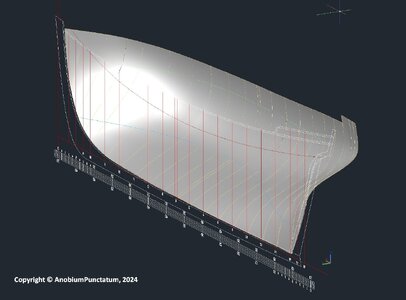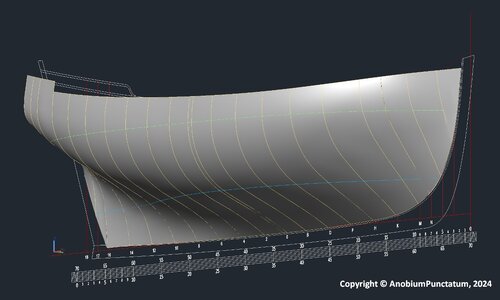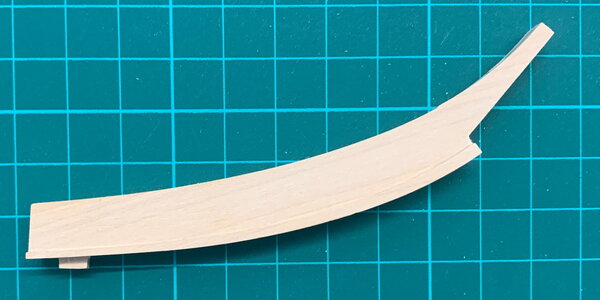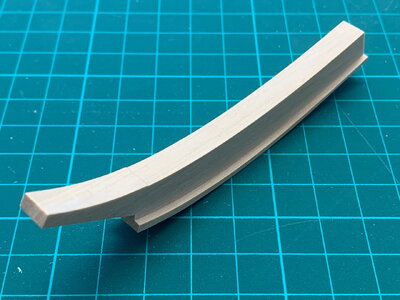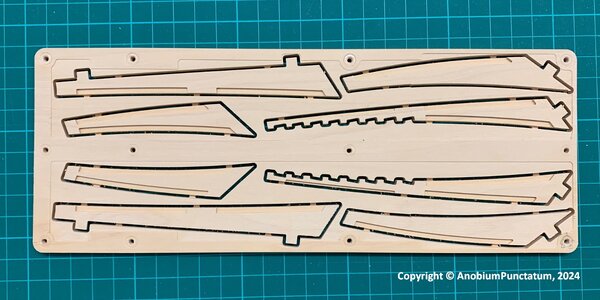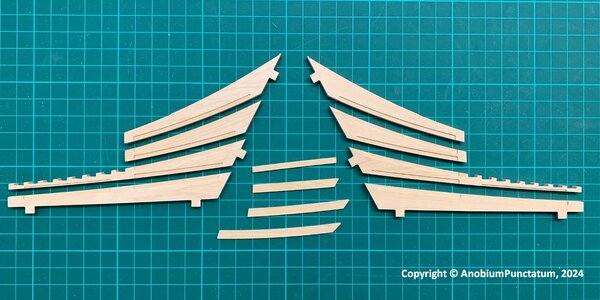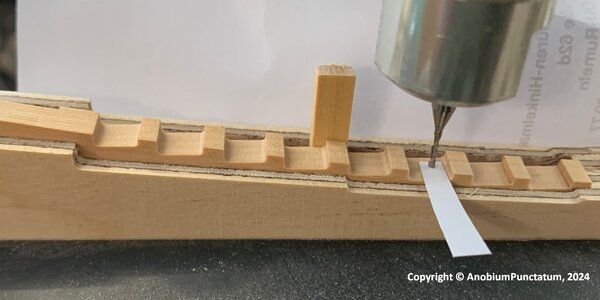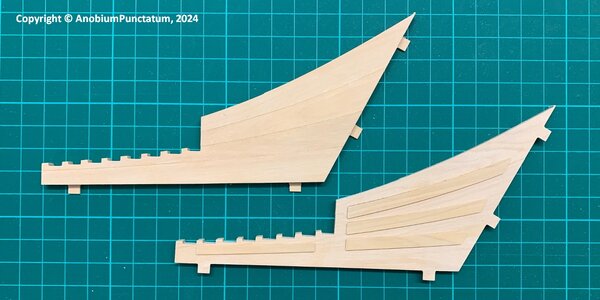- Joined
- Oct 23, 2018
- Messages
- 527
- Points
- 353

My interest in the Cutter Alert, 1777 began, as with many modelers who have built a model of the cutter, with the AotS volume "The Naval Cutter Alert, 1777" by Peter Goodwin. The book is now over 30 years old and, when preparing my project, I critically scrutinized the reconstruction presented by Goodwin.
My model is based on the surviving original drawings:
My model is based on the surviving original drawings:
- ZAZ7910 Sheer and Profile Plan (as designed for Alert and Rattlesnake)
- ZAZ7911 Deck Plan (as designed)
- ZAZ6437 Sheer and Profile Plan (as build for Rattlesnake)
- Sheer and Profile (as designed copy from the Imperial Archives Copenhagen)

